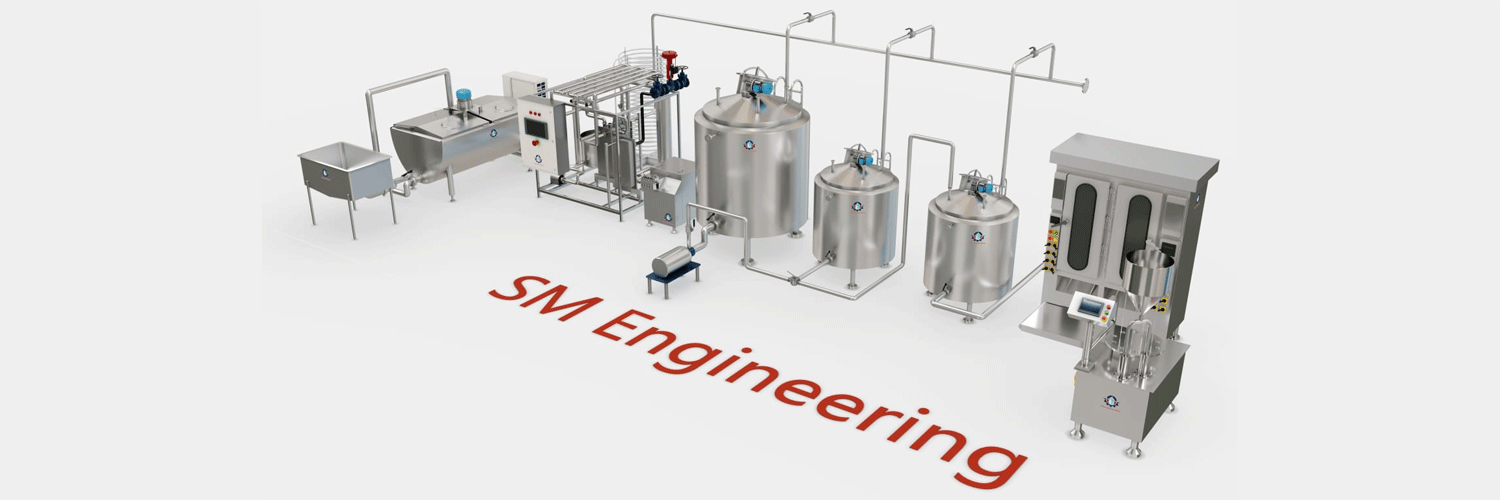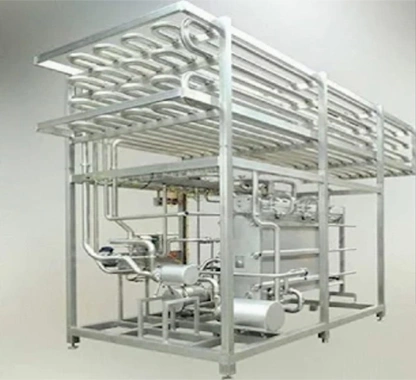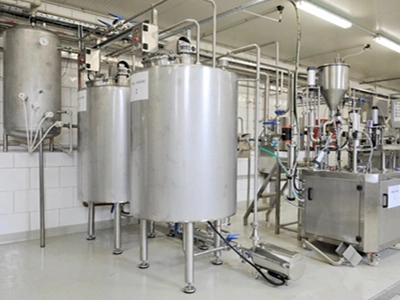Curd and Yogurt Processing Plants Layout


Dahi & Lassi plant include below-mentioned dairy equipments in order to make lassi and dahi from the milk
Curd and yogurt are both fermented dairy products, but there are some key differences between the two. Curd is a traditional Indian food that is made by curdling milk with an acidic substance, such as lemon juice or vinegar. This process creates a thick and slightly sour product that is similar to yogurt. Curd is often eaten plain, but it can also be used in a variety of dishes, such as smoothies, dips, and desserts. Yogurt is a fermented dairy product that is made by adding a culture of live bacteria to milk. The bacteria ferment the lactose in the milk, producing lactic acid. This process gives yogurt its characteristic tart flavor and thick texture. Yogurt is a good source of protein, calcium, and probiotics, which are beneficial bacteria that can help improve gut health.

Improved gut health: Curd and yogurt contain probiotics, which are beneficial bacteria that can help improve gut health. Probiotics can help to reduce inflammation, improve digestion, and boost the immune system. Stronger bones and teeth: Curd and yogurt are good sources of calcium, which is essential for strong bones and teeth. Reduced risk of heart disease: Curd and yogurt contain probiotics, which can help to lower cholesterol levels and reduce the risk of heart disease. Weight loss: Curd and yogurt are low in calories and fat, and high in protein, making them a good food for weight loss. Curd and yogurt are both versatile and nutritious foods that can be enjoyed in a variety of ways. They can be eaten plain, added to smoothies, dips, and desserts, or used in cooking.

Milk reception and standardization : The milk is received from the suppliers and tested for quality. It is then standardized to ensure that it has the correct fat and protein content.
Pasteurization :The milk is pasteurized to kill any harmful bacteria. This is usually done by heating the milk to a high temperature for a short period of time.
Cooling and inoculation :The milk is cooled to a suitable temperature and then inoculated with a starter culture of lactic acid bacteria. This culture is responsible for the fermentation process that produces curd.
Incubation :The milk is incubated at a controlled temperature for several hours. During this time, the lactic acid bacteria ferment the lactose in the milk, producing lactic acid. This acid curdles the milk, producing curd.
Breaking and cooling :The curd is broken into smaller pieces and then cooled. This helps to stop the fermentation process and produces a smoother curd.
Packaging and storage :The curd is packaged and stored in a cool place. It can be stored for up to a week.